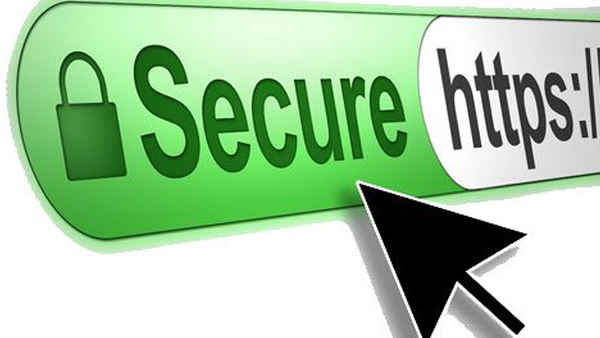|
Developing good cybersecurity habits may seem like a daunting task to achieve as you maneuver through a busy workday. With this in mind, Technology Services has provided some simple reminders and vital tips to help you work securely and productively throughout the day. Take a look.
Use a password manager
We have all grown accustomed to using multiple accounts across the internet, securing our personal and private information behind a simple password that is easy to remember. Creating strong, unique passwords for every account can prove challenging to memorize and time consuming. In an effort to simplify things, it may be tempting to re-use the same password over and over, opening the door for attackers to gain access to personal information from multiple accounts. A password manager may help; not only do they securely store numerous passwords, but also generate very strong passwords on demand for particular sites. Instead of having to memorize 10 strong passwords, all that’s needed is one really good one for all your accounts.
Update your devices regularly
Modern devices typically update automatically, late at night as we sleep, but for other devices, a quick checkup for the latest version promotes security, and can often enable newer features!
Use 2 factor authentication on all your accounts
2-Factor Authentication is a process that requires a second method of authentication, such as a cell phone, landline or other device to verify a person’s identity, in addition to a username and password. This second step ensures that information is better protected and allows additional time to create a new password and re-secure an account in the event of unauthorized access.
Learn to spot suspicious emails
Train yourself to recognize the common signs of an email that isn’t quite what it seems to be. Misspellings, confusing words, unknown sender emails and enticements to “click here,” are all important factors in determining whether an email is from a legitimate source or not. Currently, the most common phishing scams are from supposed financial institutions and cryptocurrency exchanges attempting to coerce people into sending personal, private information or currency to “re-secure” their accounts. Beware of these scare tactics!
Use sites with HTTPS
Internet sites handling personal information (passwords, card numbers) should all have a lock next to their name in the address bar. This simple practice will ensure the site is properly encrypted should someone be eavesdropping. The image above for example, shows the address bar with a lock (green in this case, but it could be gray with some browsers) confirming data sent is encrypted.
Be careful what you post on social media
More often than not, people create passwords that reflect their tastes and personal life, such as the names of their pets, streets where they live, year of birth, favorite musical artists and so on. Make sure your words on social media cannot be traced back to your password. For example, a commonly used password would be “Name of Pet + Year of Birth (Dottie1994),” which can snowball into trouble if it's used on multiple sites. Luckily, many social media sites have privacy options that don’t allow people outside of friends to see your posts, so we highly recommend utilizing such options to keep secure.
|


